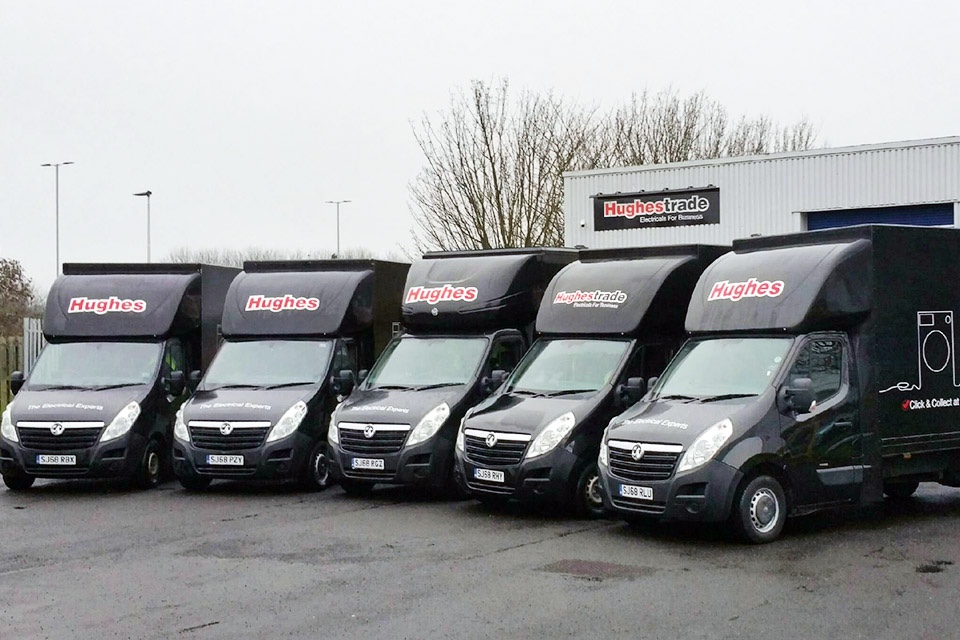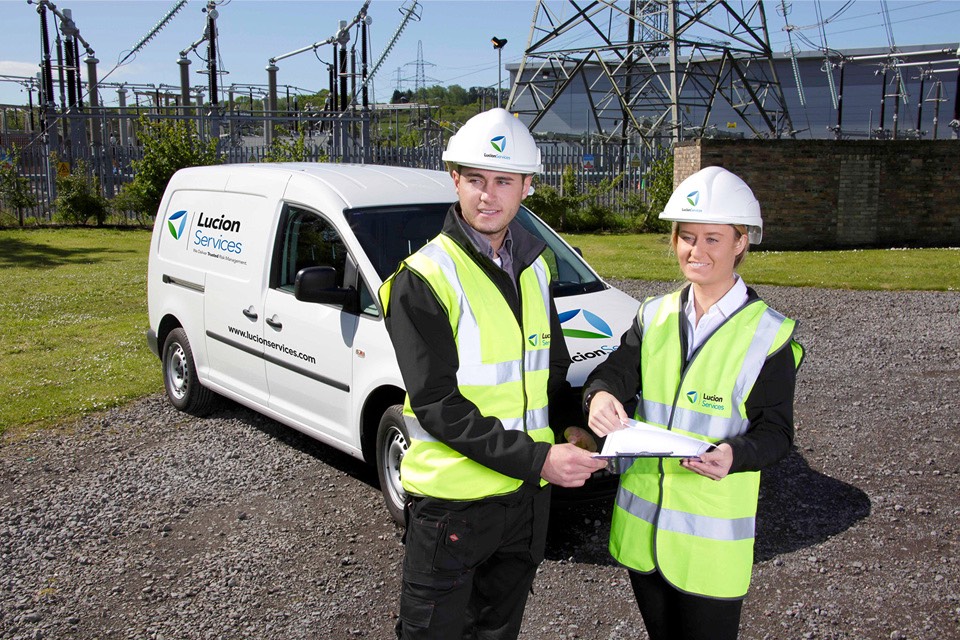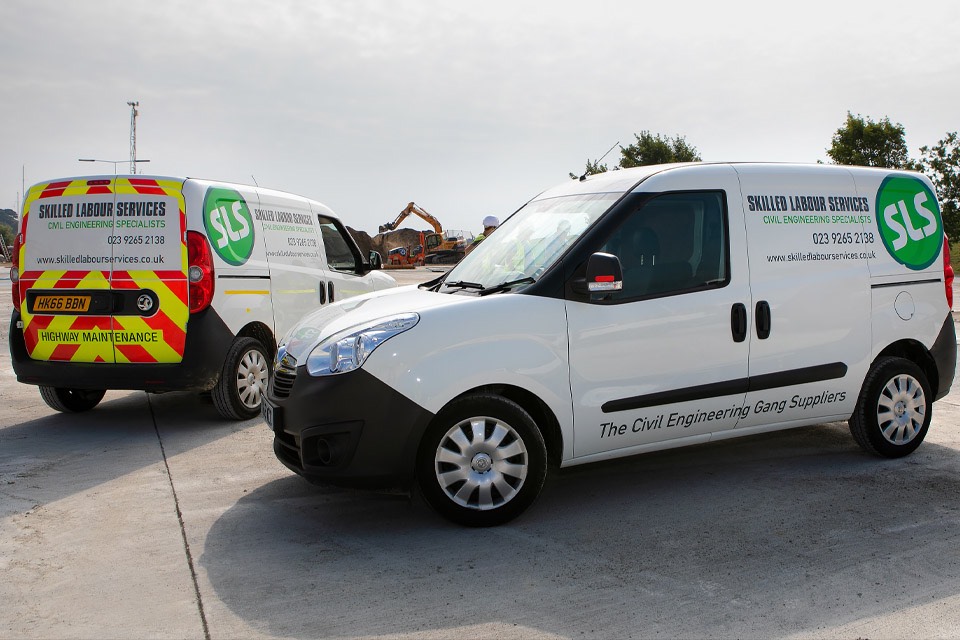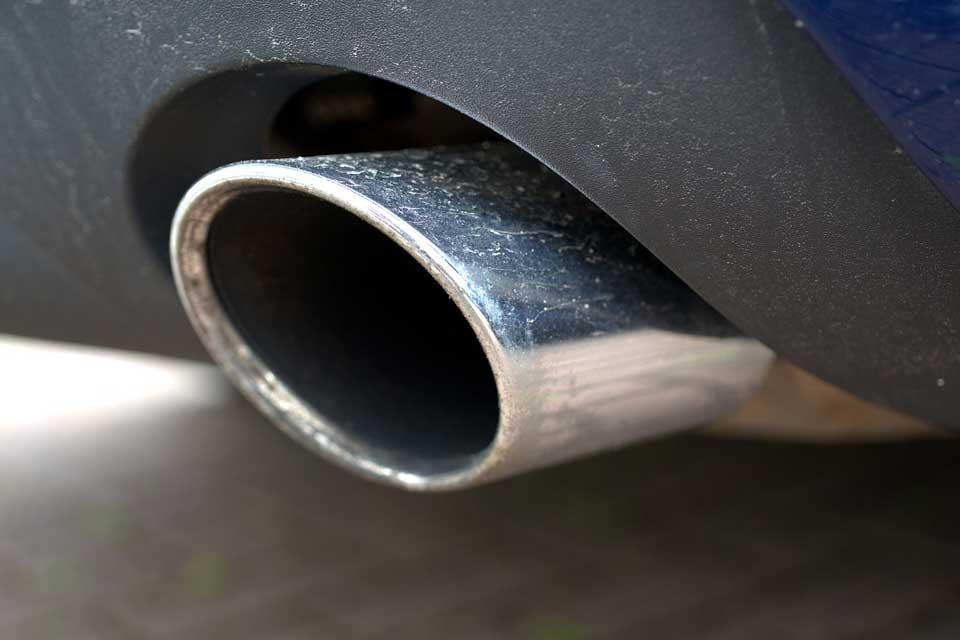Hughes slashes emissions with help of Lightfoot
https://fleetservicessummit.co.uk/wp-content/uploads/2021/04/lightfoot-and-hughes-2.jpg 960 640 Guest Post Guest Post https://secure.gravatar.com/avatar/cb2a67f15cd7d053d8e638a1df3fd67f?s=96&d=mm&r=gLightfoot has helped Hughes cut vehicle idling by nearly a quarter. The country’s second-largest provider of home entertainment and kitchen appliance rentals, and the UK’s fourth-largest specialist electrical retailer is on target to cut fleet emissions by almost 1,000 tonnes of CO2 over the next five years. That’s the equivalent of 165 homes’ electricity use for one year!









